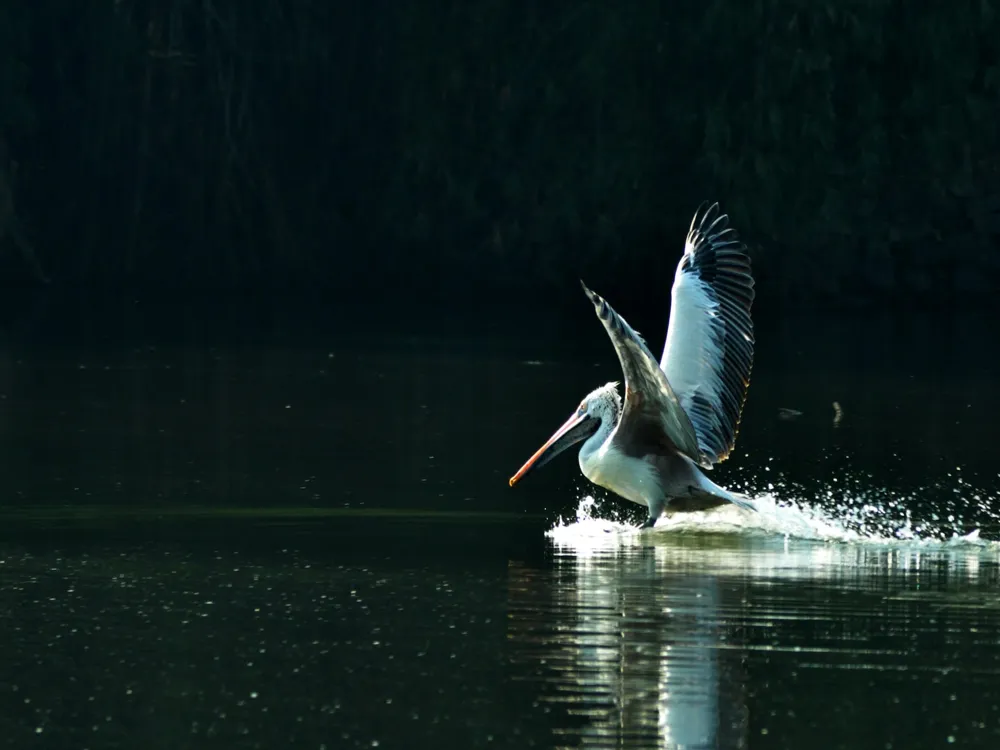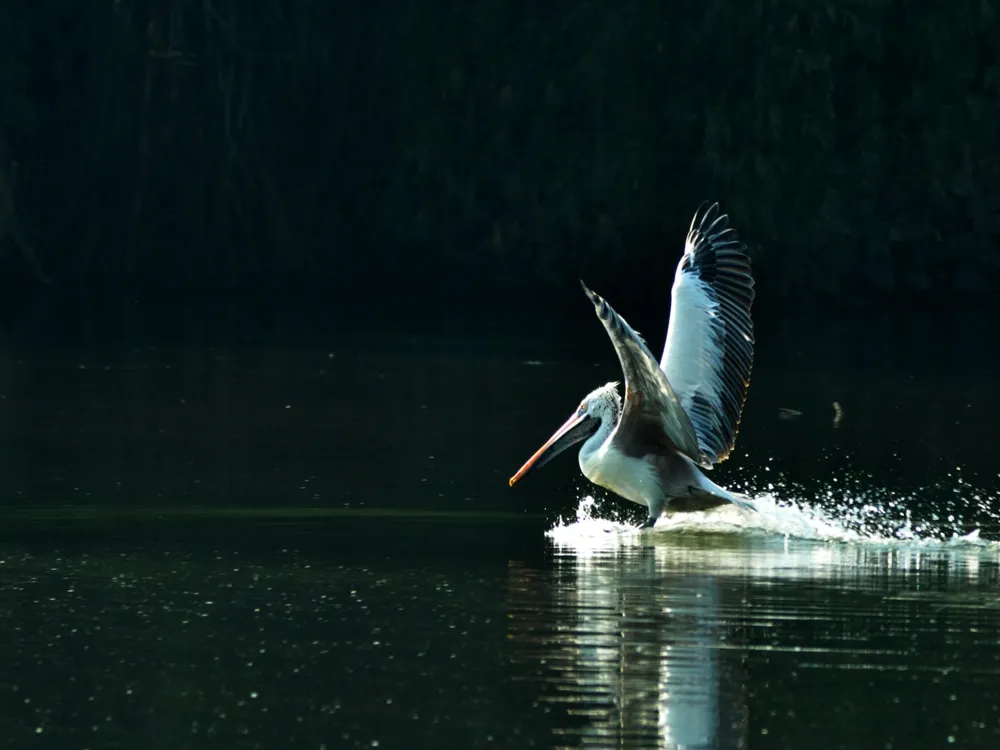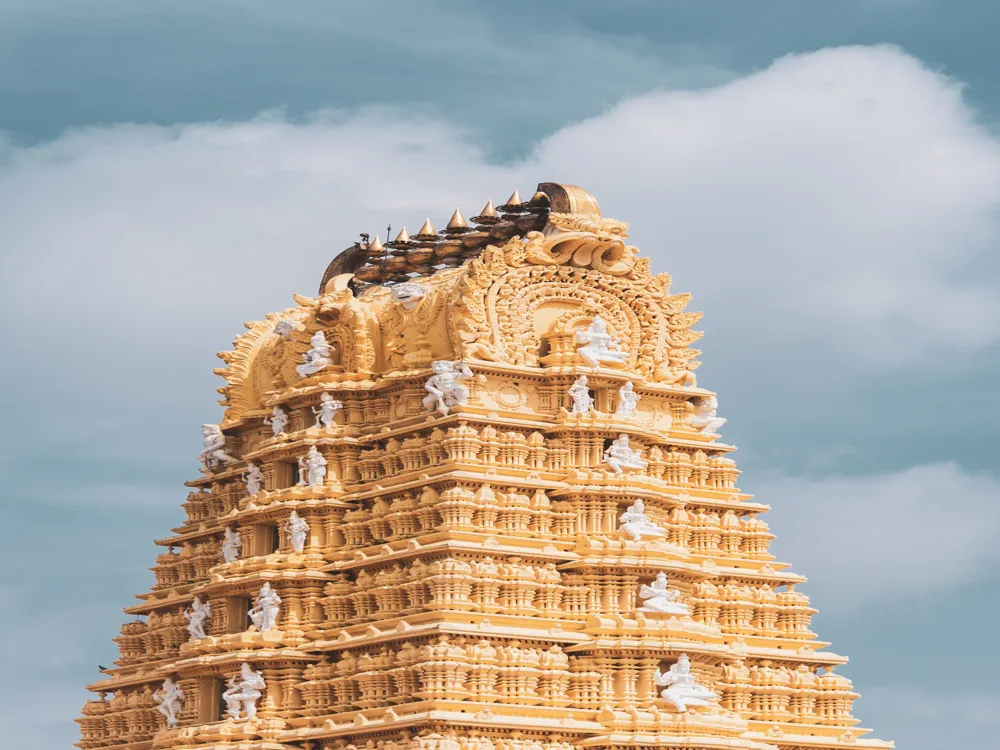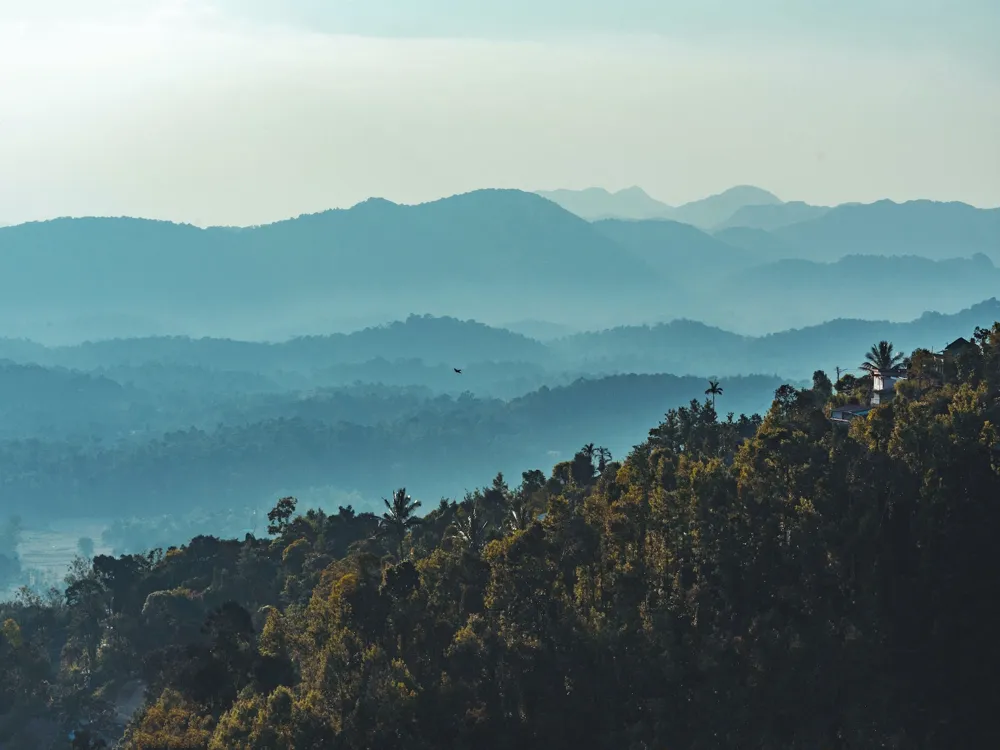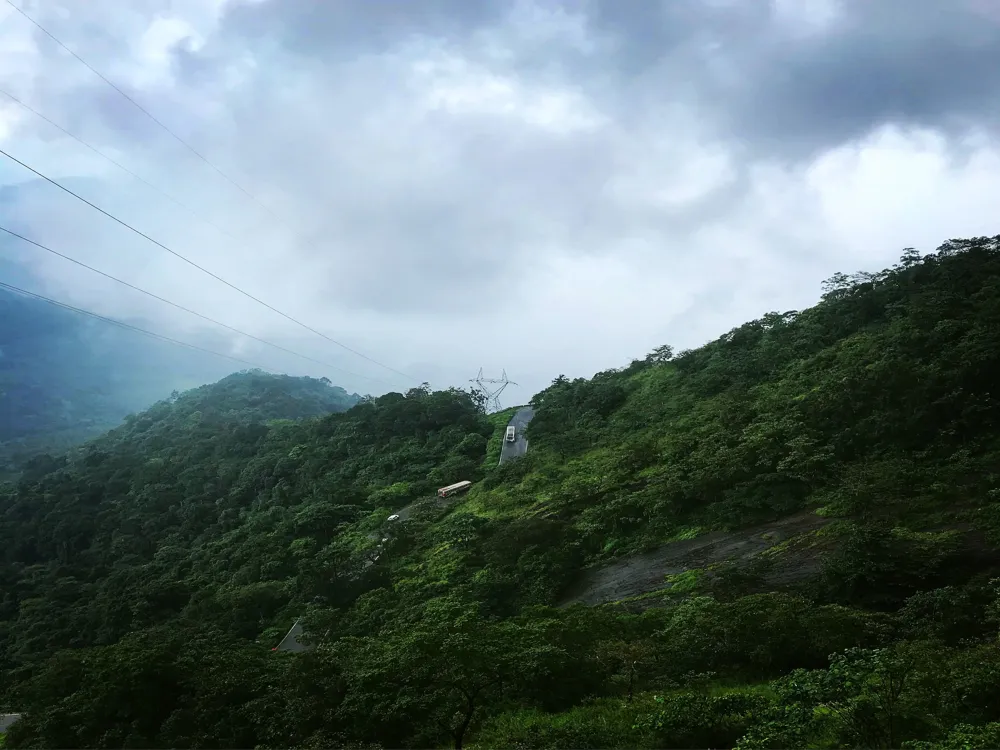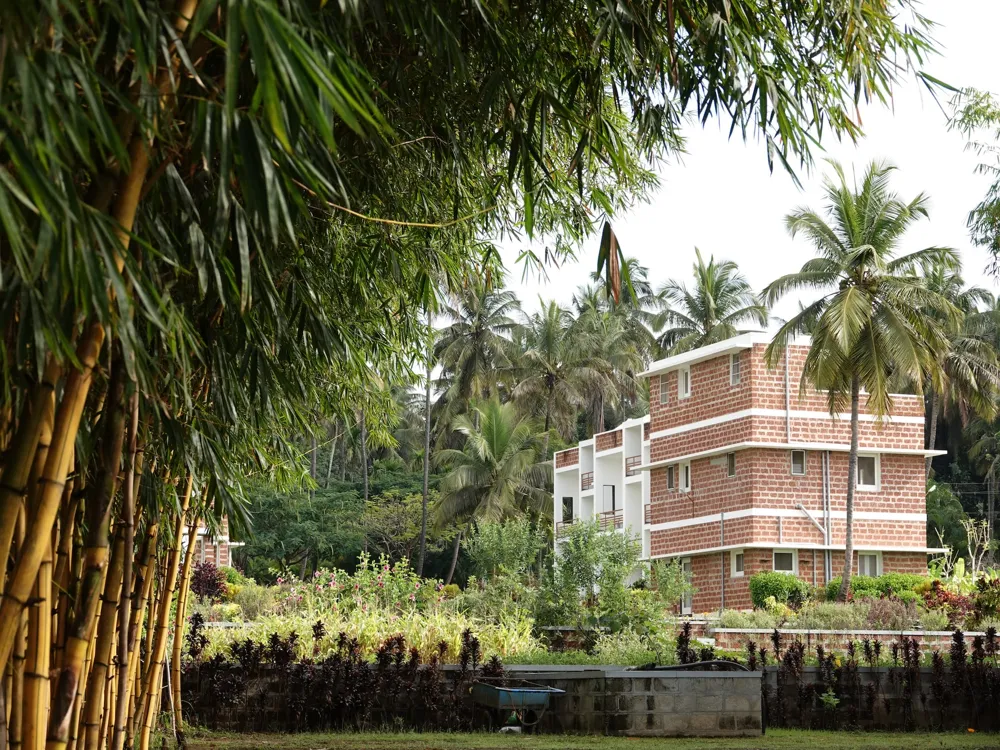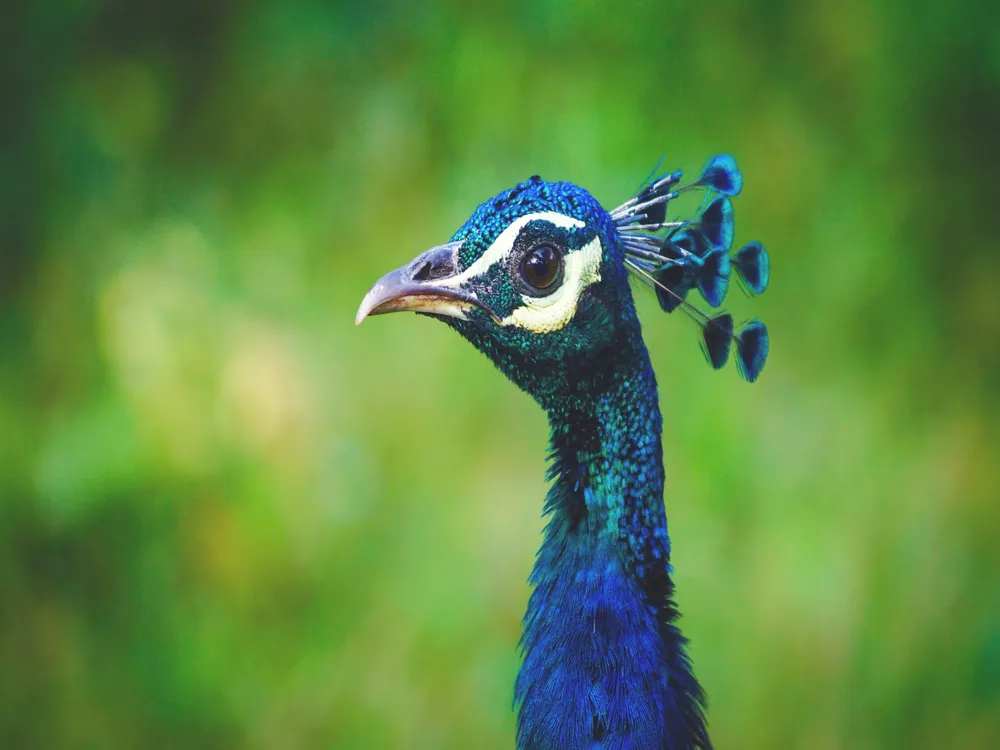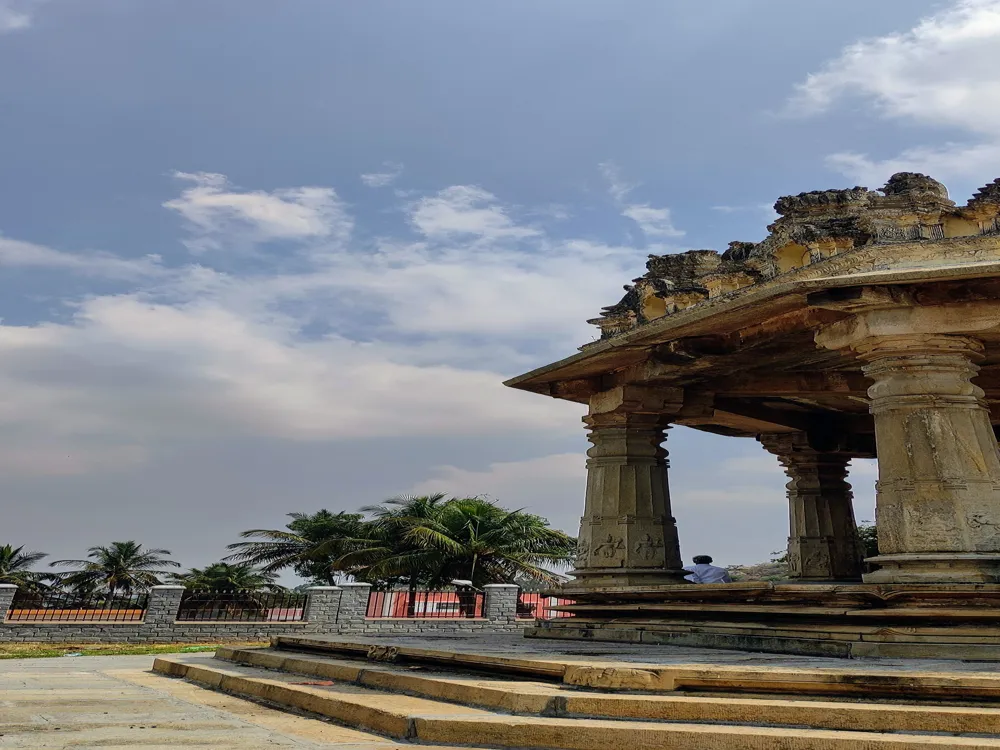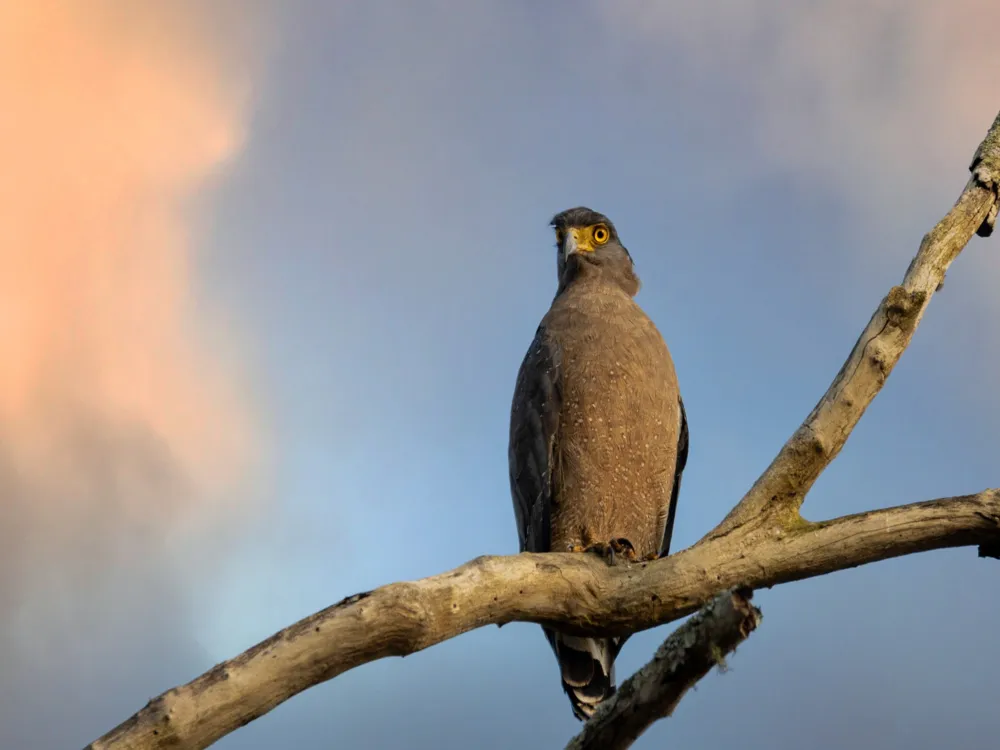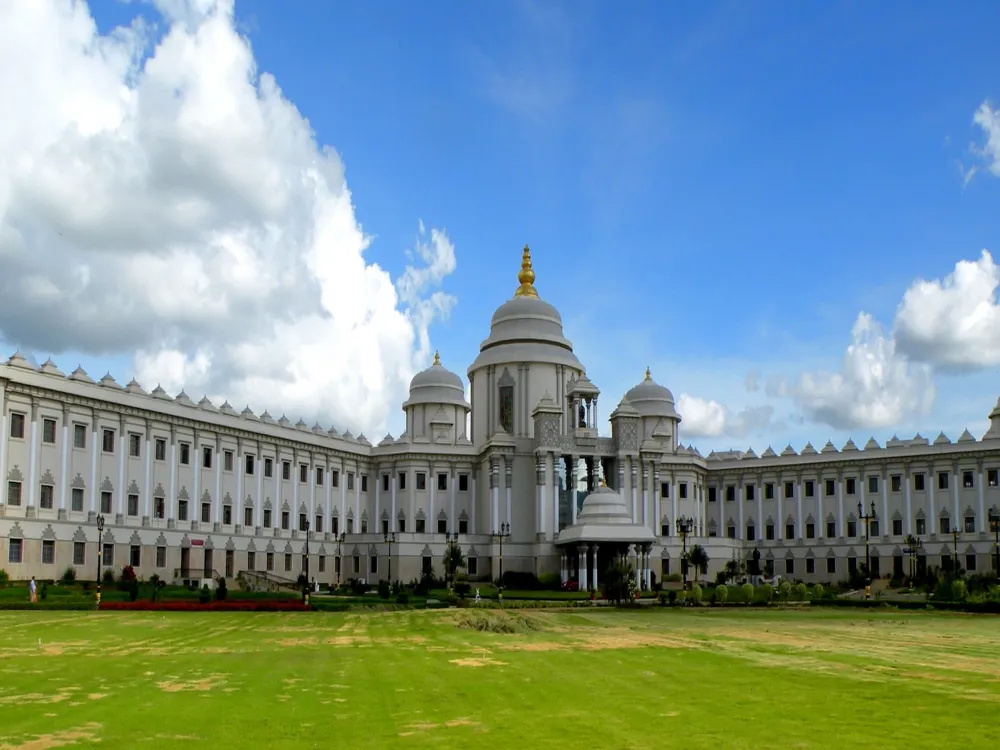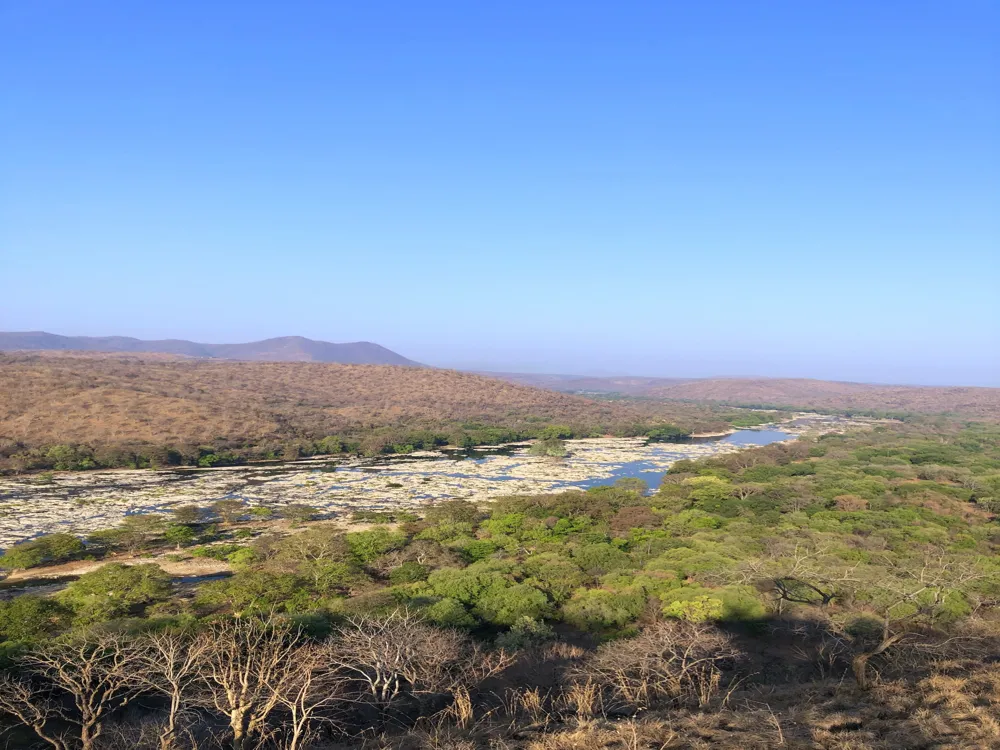Mysore Zoo, officially known as Sri Chamarajendra Zoological Gardens, is a 157-acre zoo located near the palace in Mysore, Karnataka. It's one of the oldest and most popular zoos in India, attracting visitors from all over the world. Established in 1892 by the Maharaja of Mysore, Chamaraja Wodeyar, this zoo is a testament to the city's rich history and commitment to wildlife conservation. The zoo houses a wide range of species, both native and exotic, and is involved in various conservation and breeding programs. The zoo's layout and design reflect the Maharaja's vision of creating a space where people could interact with nature safely and respectfully. The paths and enclosures are designed to ensure maximum visibility of animals without disturbing their natural habitat. Over the years, Mysore Zoo has evolved, incorporating modern facilities while retaining its historical charm. The zoo is not just a place to see animals but a botanical garden as well, with lush, well-maintained gardens that house a variety of flora. Mysore Zoo plays a pivotal role in wildlife conservation, with several captive breeding programs for endangered species. It has successfully bred animals like the Royal Bengal Tiger, White Peacock, and African Elephant, contributing to global conservation efforts. The zoo's adoption program, where individuals and organizations can sponsor animals, is another innovative approach to wildlife care and conservation. This program has received an overwhelming response, reflecting the public's growing interest in wildlife conservation. Apart from its conservation efforts, the zoo is also an educational hub. It offers various educational programs and activities aimed at spreading awareness about wildlife and its preservation. These programs are tailored for different age groups and include guided tours, wildlife quizzes, and interactive sessions with zookeepers. The architecture of Mysore Zoo is a blend of traditional Indian styles with influences from colonial-era design. The zoo's layout is meticulously planned, ensuring a natural flow that guides visitors through various habitats seamlessly. The enclosures are designed to mimic the natural habitats of the animals as closely as possible, providing them with a comfortable and stimulating environment. This design philosophy not only benefits the animals but also enhances the visitor experience, offering a glimpse into the diverse ecosystems of the world. One of the architectural highlights of Mysore Zoo is the entrance gate, which is adorned with intricate carvings and motifs that reflect the rich cultural heritage of Mysore. The gate sets the tone for the entire zoo, creating a sense of wonder and anticipation as visitors enter. The pathways within the zoo are lined with lush greenery, and the use of natural stone and traditional materials in the construction of walkways and enclosures adds to the overall aesthetic appeal. The aviary is another architectural marvel within the zoo. It is designed to give birds ample space to fly and exhibit natural behaviors, with a carefully controlled environment that replicates their native habitats. The aquatic section of the zoo, home to various species of fish and amphibians, features state-of-the-art water filtration and temperature control systems, ensuring the health and well-being of the aquatic life. The zoo also includes educational and administrative buildings that blend seamlessly with the natural surroundings. These structures are designed with sustainability in mind, using eco-friendly materials and incorporating green practices such as rainwater harvesting and solar energy utilization. It's advisable to check the zoo's timings and any special events or closures before your visit. Arriving early can help you avoid the crowds and enjoy a more peaceful experience. As the zoo spans a large area, comfortable footwear is essential. Light and breathable clothing is recommended, especially during the warmer months. Carry water bottles and use sun protection like hats and sunscreen, as you will be outdoors for several hours. Keep a safe distance from the animal enclosures and avoid feeding or teasing the animals. Flash photography is not permitted as it can disturb the animals. The zoo offers facilities like restrooms, food courts, and seating areas. Make use of these amenities for a comfortable visit. Consider taking a guided tour to enhance your understanding of the zoo's wildlife and conservation efforts. Mysore Zoo is easily accessible by various modes of transportation. It's located about 3 kilometers from the city center. Visitors can reach the zoo by bus, auto-rickshaw, taxi, or private vehicle. The nearest railway station is Mysore Junction, and the city is well-connected by train to major cities in India. For international visitors, the nearest airport is in Bangalore, from where one can take a bus, train, or taxi to Mysore. Read More:Overview of Mysore Zoo
Architecture of Mysore Zoo
Tips When Visiting Mysore Zoo
Plan Your Visit
Wear Comfortable Clothing
Stay Hydrated and Protected
Respect the Animals
Utilize Facilities
Guided Tours
How To Reach Mysore Zoo
Mysore Zoo
Mysore
Karnataka
NaN onwards
View mysore Packages
Weather :
Label : Must Visit
Tags : Zoo
Timings : 8:30 AM - 5:30 PM, Closed on Tuesdays.
Time Required : 3 hours
Entry Fee : Adult: INR 50 (Weekdays), INR 60 (Weekend), Child (5-12 yr): INR 20 (Weekdays), INR 30 (Weekend)
Constructed in : 1892
Planning a Trip? Ask Your Question
Also Refered As:
Sri Chamarajendra Zoological Gardens
Mysore Travel Packages
View All Packages For Mysore
Top Hotel Collections for Mysore

Private Pool

Luxury Hotels

5-Star Hotels

Pet Friendly
Top Hotels Near Mysore
Other Top Ranking Places In Mysore
View All Places To Visit In mysore
View mysore Packages
Weather :
Label : Must Visit
Tags : Zoo
Timings : 8:30 AM - 5:30 PM, Closed on Tuesdays.
Time Required : 3 hours
Entry Fee : Adult: INR 50 (Weekdays), INR 60 (Weekend), Child (5-12 yr): INR 20 (Weekdays), INR 30 (Weekend)
Constructed in : 1892
Planning a Trip? Ask Your Question
Also Refered As:
Sri Chamarajendra Zoological Gardens
Mysore Travel Packages
View All Packages For Mysore
Top Hotel Collections for Mysore

Private Pool

Luxury Hotels

5-Star Hotels

Pet Friendly








